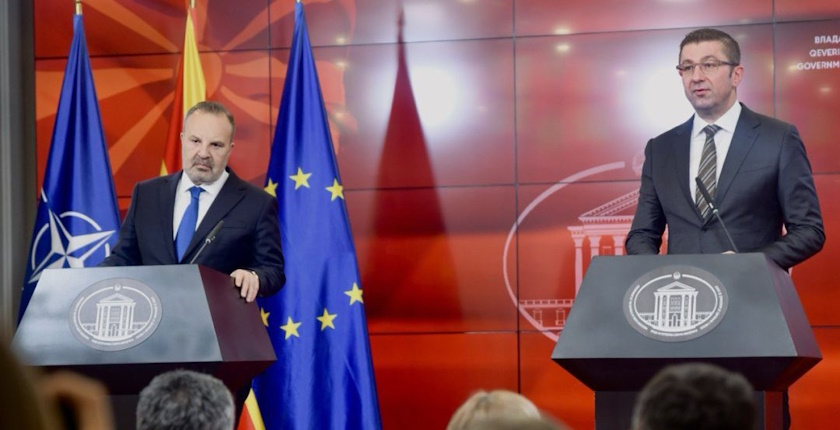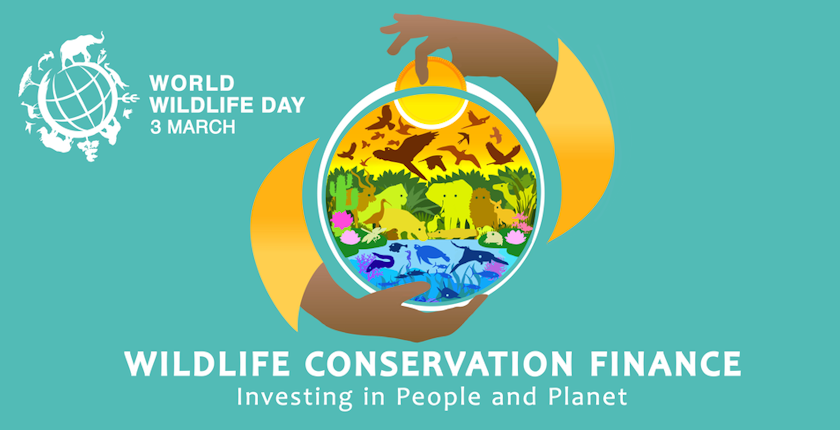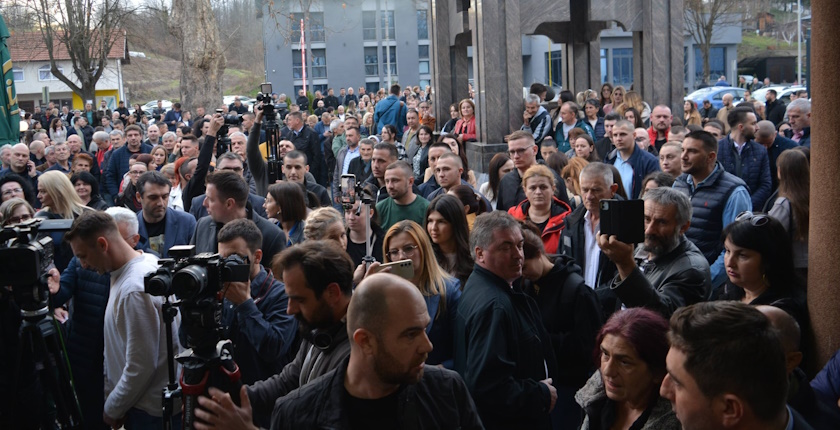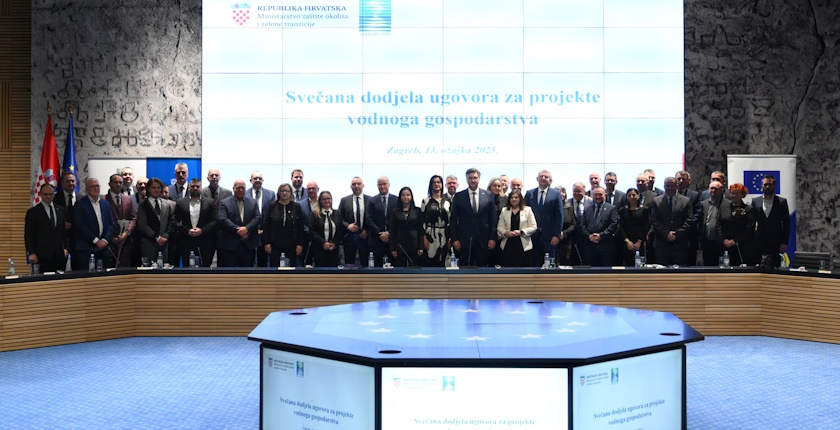
Match schedules for the 2026 World Cup could expose footballers to extreme heat stress
Footballers playing in the 2026 FIFA World Cup could face dangerous levels of heat stress, scientists warn. A new study shows that temperatures at 14 out of the 16 stadiums could reach thresholds at which football governing bodies recommend postponing matches. The most critical period is in the afternoon, when games are usually scheduled.
The 2026 FIFA World Cup will take place in Canada, the United States, and Mexico from June 11 to July 19 next year. Matches are set to be played in 16 cities. Climate change is leading to an increasing number of extremely hot days, which affect daily life and pose challenges for organizing various events, including sports competitions.
In a study by Donal Mullan from Queen’s University Belfast, scientists analyzed meteorological data from the past 20 years to predict how high temperatures might rise at the host stadiums. To assess heat stress, they used the wet-bulb globe temperature (WBGT) method.
Heat stress is the way the human body responds to high temperatures
Heat stress is the way the human body responds to high temperatures combined with other factors such as humidity and wind speed. Prolonged exposure to extreme heat can worsen health conditions and increase the risk of heat-related illnesses such as heat exhaustion and heatstroke. A potentially dangerous level of heat stress is 28 degrees Celsius in WBGT terms.
Findings indicate that the threshold could be reached at 14 out of the 16 stadiums during the tournament. In an exceptionally hot summer, nine stadiums could exceed 28 degrees WBGT for at least half the time, while four could reach an extreme 32 degrees.
“After analyzing 20 years of data, our modeling shows that high temperatures are extremely likely, and these will have a major impact on players,” Mullan emphasized.
Mexico City and Vancouver are the only host cities where WBGT has never crossed the potentially dangerous threshold, according to the study.
Peak temperatures in the afternoon
The study reveals that stadium temperatures are highest in the afternoon, which is also the most common time for scheduling matches. Outside the period, extreme heat levels drop significantly across all locations.
Mullan suggests that the best protective measure would be to reschedule matches outside the hottest hours, especially at stadiums without air conditioning, such as those in Miami and Monterrey.
The previous World Cup, held in Qatar in 2022, was originally scheduled for June and July, when temperatures exceeded 40 degrees, but it was moved to November and December to protect players and fans.
The authors warn that the 2026 tournament could see matches played in conditions exceeding the threshold at which some football governing bodies recommend delaying or postponing games.
For example, Football Australia’s policy is that a match may be delayed or rescheduled if the WBGT reaches 28 degrees Celsius. On the other hand, FIFA guidelines mandate cooling breaks in each half as a protective measure when WBGT is between 28 and 32 degrees. Matches are only rescheduled if WBGT exceeds 32 degrees.





